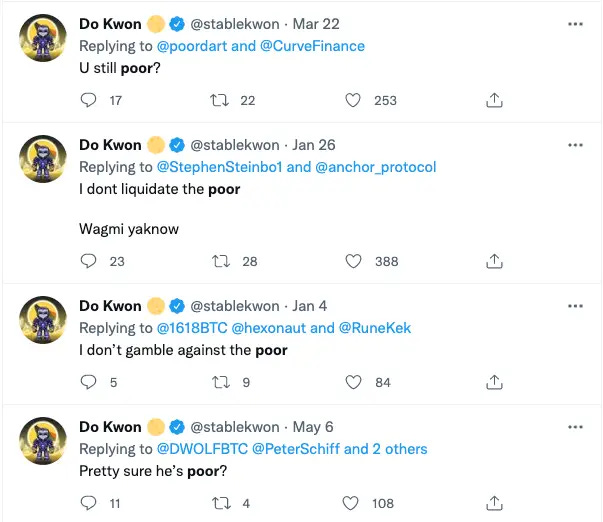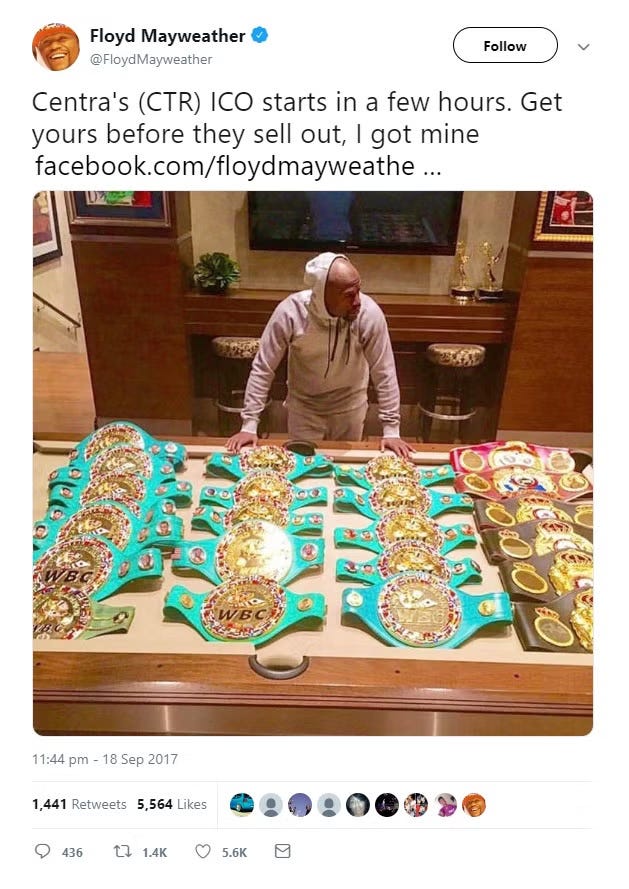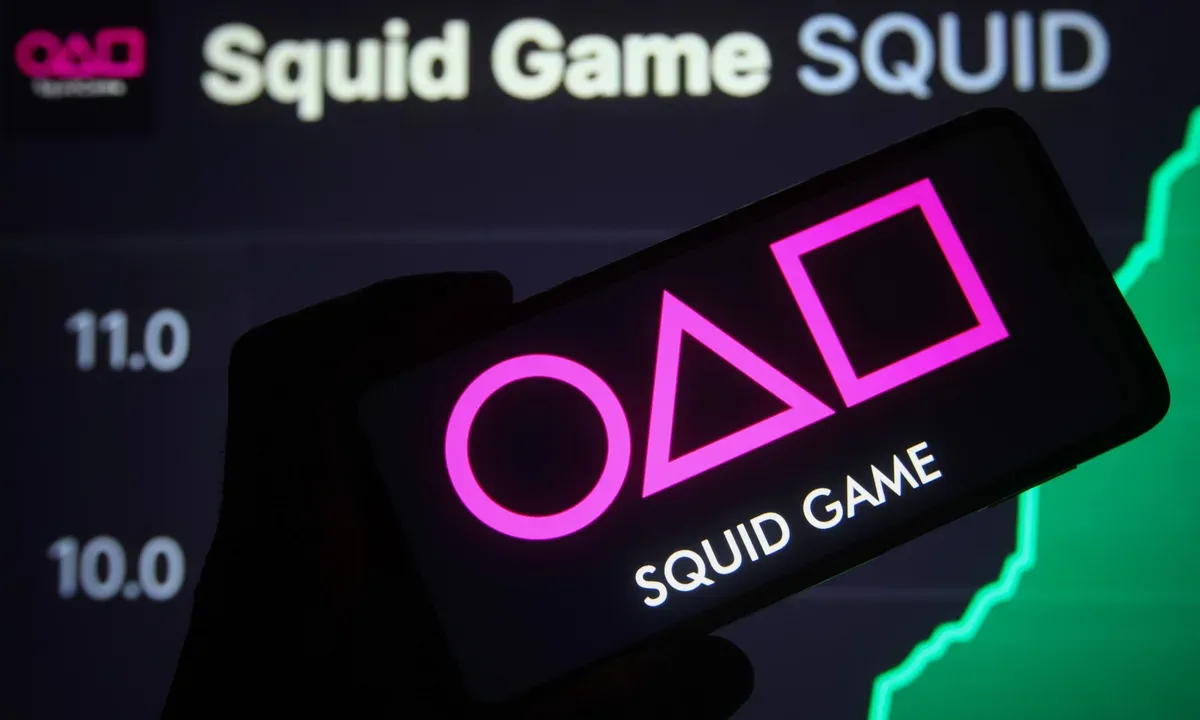Collapse and Reputation Crisis (2022 to Present)
FTX Collapse: A Global Spotlight Firestorm
FTX, once the golden boy of the Altcoin industry, collapsed in a highly dramatic fashion in 2022.
It turns out that when your company is controlled by an organization that runs a polyamorous sex cult in the Bahamas and secretly gambles with customer deposits, things usually go in a bad direction.

Marketing lesson? Maybe don't spend $300 million on sports sponsorships while you're allegedly running a Ponzi scheme.
Regulators Finally Arrive
By 2025, the marketing of Altcoins has changed.
It's no longer the era where flashy ads and celebrity endorsements can make a token skyrocket overnight. After years of pump-and-dumps, bankruptcies, and scandals, regulators have stepped in, imposing stricter guidelines that force Altcoin projects to actually explain what they're doing before selling tokens. What a novel concept!
Social media platforms have also tightened their advertising policies, requiring influencers to disclose sponsorship information, and AI-driven marketing gimmicks face greater scrutiny.
The Future of Altcoin Marketing in 2025: Boom or Bust?
Altcoin marketing in 2025 has entered a highly uncertain new phase, impacted by AI-driven marketing campaigns, regulatory uncertainty, and the post-halving market surge.
With Donald Trump back in the White House, Altcoin regulation has become murky - some factions push for deregulation, while others warn of financial instability and fraud risks.
The SEC's regulatory measures remain unstable, creating an environment where companies either leverage the relatively lax rules or brace for sudden, harsh crackdowns.

Meanwhile, AI is transforming Altcoin marketing, from hyper-personalized ads to deep-faked influencer shills. While this boosts user engagement, it has also led to a surge in scams, with AI-generated hype fueling fraudulent projects. Social media platforms are tightening restrictions on Altcoin ads, forcing companies to rely on viral, community-driven marketing - a strategy that can rocket a token to the moon or destroy it with a single bad headline.
With the 2024 Bitcoin halving reigniting investor interest, marketing budgets have reached historic highs. However, the entire industry remains a minefield of misinformation, as AI, meme culture, and regulatory chaos collide.
Will Altcoin marketing mature into a sophisticated, respectable industry? Or will it collapse under the weight of scams and legal crackdowns?
Only time will tell...
Altcoin Business Failures: The Most Absurd Flops in Digital History
You may not be surprised to learn that not every Altcoin project can reach the moon. Some crashes are so spectacular that they become legends in their own right.
To end this article, I've found the three most hilarious (and disastrous) recent Altcoin marketing failures for your enjoyment!
1. Terra's $40 Billion Collapse
Led by Do Kwon, Terraform Labs promised to revolutionize finance with TerraUSD (UST) - a stablecoin maintained by algorithms rather than reserve funds. Investors flocked in, drawn by Anchor Protocol's promised 20% returns. For a while, the project thrived - UST became a top stablecoin, and its sister token LUNA skyrocketed in value.

In May 2022, UST lost its peg, triggering a death spiral that wiped out $40 billion in a matter of days. Retail investors were devastated, regulators cracked down, and Do Kwon - once infamous for mocking critics - fled before being arrested. Terra's collapse became one of the biggest failures in Altcoin history, proving that hype cannot fix a broken system.
2. Centra Tech: A Crypto Scam Endorsed by Floyd Mayweather
Boxing legend Floyd Mayweather and rapper DJ Khaled were the high-profile backers of Altcoin startup Centra Tech, which promised to launch a revolutionary debit card that could seamlessly convert Altcoins to fiat for everyday use. Riding on the celebrity endorsements and aggressive marketing, the project raised over $25 million through an ICO, attracting investors who believed they were supporting the future of Altcoin payments.

However, Centra Tech turned out to be a complete scam - the company had no actual partnerships with Visa or Mastercard, and the founders had fabricated their credentials.
Before the product could launch, the SEC intervened, exposing the fraud and arresting the founders. Mayweather and Khaled were fined for failing to disclose their paid promotions, marking a significant blow to the era of celebrity-endorsed Altcoin projects.
3. Squid Game Token: A Play-to-Earn Rug Pull
Capitalizing on the massive success of the Netflix hit series "Squid Game," anonymous developers launched the $SQUID Token, a Play-to-Earn Altcoin that promised investors the opportunity to participate in a real-life "Squid Game" experience. The project's slick website, viral marketing, and mainstream media coverage helped it quickly gain attention, and within days it had attracted millions in investment. As the hype reached a fever pitch, the token price skyrocketed from a few cents to over $2,800, and early investors thought they had struck gold.

But there was one problem - no one could sell their tokens. The project was a classic rug pull scam, with the developers locking the sell transactions and preventing investors from cashing out. When enough hype had pushed the price to absurd levels, the founders extracted the liquidity and disappeared, leaving behind a worthless token. Within minutes, the $SQUID price plummeted to nearly zero, once again proving that Altcoin hype does not equate to legitimacy.
Final Thoughts
Altcoin marketing in 2025 is a high-risk, high-reward gamble.
AI and viral shilling can drive massive success - but scams, misinformation, and regulatory crackdowns remain constant threats.
Whether the industry matures or collapses, one thing is certain: Altcoins will never fail to entertain.







